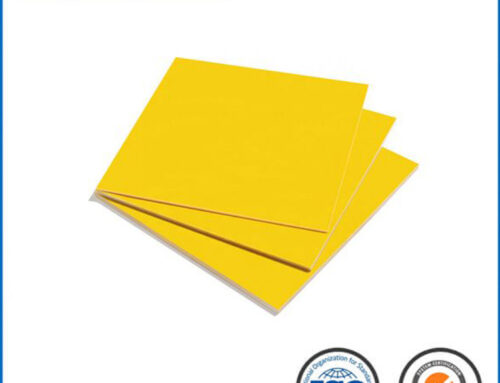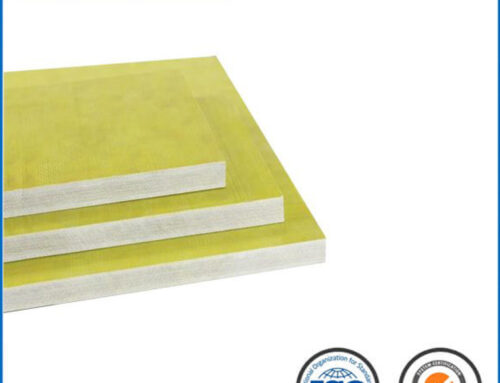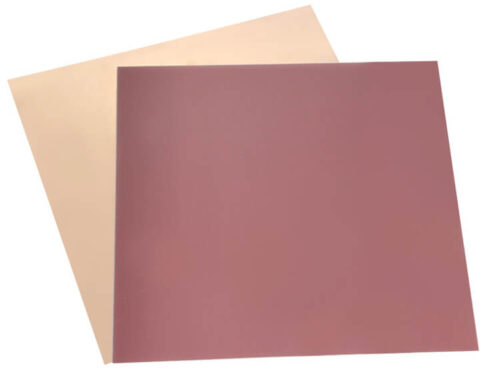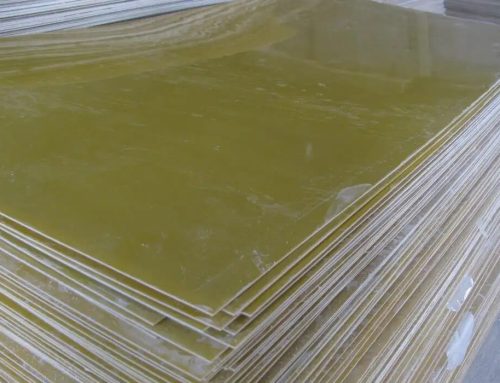In the intricate landscape of electronics, FR4 printed circuit boards (PCBs) stand as a linchpin, and understanding their specifications is crucial for achieving precision and reliability. This article delves into the specifications of FR4 PCBs, decoding the elements that contribute to their excellence in electronic applications. From material composition to electrical properties, this exploration aims to shed light on the intricate details that define FR4 PCBs.
1. Material Composition: The Foundation of FR4 PCBs
Epoxy Resin and Glass Fabric Harmony:
FR4 PCBs are primarily composed of layers of glass fabric impregnated with epoxy resin.
The combination of these materials results in a sturdy and heat-resistant substrate, providing the foundation for electronic circuitry.
Layering Precision:
The layering process is executed with precision, determining the thickness and structure of the FR4 substrate.
Each layer contributes to the overall mechanical and electrical properties of the PCB.
2. Dimensional Stability and Mechanical Strength
Maintaining Form under Stress:
FR4 PCBs boast exceptional dimensional stability, ensuring that they maintain their form and structural integrity under varying temperatures and mechanical stresses.
This stability is vital for applications where the PCB may be exposed to dynamic conditions.
Mechanical Robustness:
The material’s mechanical strength is a key specification, defining the PCB’s ability to withstand bending, flexing, and external forces.
FR4’s mechanical robustness contributes to the longevity of electronic components.
3. Electrical Properties: Navigating the Conductive Path
Dielectric Constant:
The dielectric constant of FR4 is a crucial specification, influencing the speed at which signals travel through the PCB.
Low dielectric constants are desirable for maintaining signal integrity, especially in high-frequency applications.
Insulation Resistance:
FR4 PCBs exhibit high insulation resistance, preventing leakage of electrical current between conductive traces.
This property is essential for maintaining the reliability of electronic circuits.
4. Thermal Performance: Adapting to Heat Challenges
Thermal Conductivity:
The thermal conductivity of FR4 determines its ability to dissipate heat generated during electronic operation.
Efficient thermal conductivity is crucial for preventing overheating and ensuring the stability of electronic components.
Temperature Tolerance:
FR4 PCBs are specified for their temperature tolerance, indicating the range of temperatures within which they can operate reliably.
This specification is vital for applications where the PCB may be exposed to varying thermal conditions.
5. Surface Finish and Copper Thickness: Enhancing Connectivity
Surface Finish for Solderability:
FR4 PCBs may have various surface finishes, such as HASL (Hot Air Solder Leveling) or ENIG (Electroless Nickel Immersion Gold), influencing solderability.
The choice of surface finish is tailored to the specific requirements of the electronic assembly process.
Copper Thickness for Conductivity:
The thickness of the copper layer on FR4 PCBs impacts their conductivity and ability to carry electrical currents.
Different applications may demand varying copper thicknesses to meet specific electrical requirements.
Conclusion: FR4 PCB Specifications as Blueprints for Precision Electronics
As we decode the specifications of FR4 PCBs, it becomes clear that these details serve as the blueprints for achieving precision in electronics. From material composition to electrical and thermal properties, each specification plays a crucial role in determining the performance and reliability of FR4 PCBs. In a landscape where electronic devices demand uncompromising accuracy, understanding and adhering to FR4 PCB specifications pave the way for excellence in modern electronics.
More:




